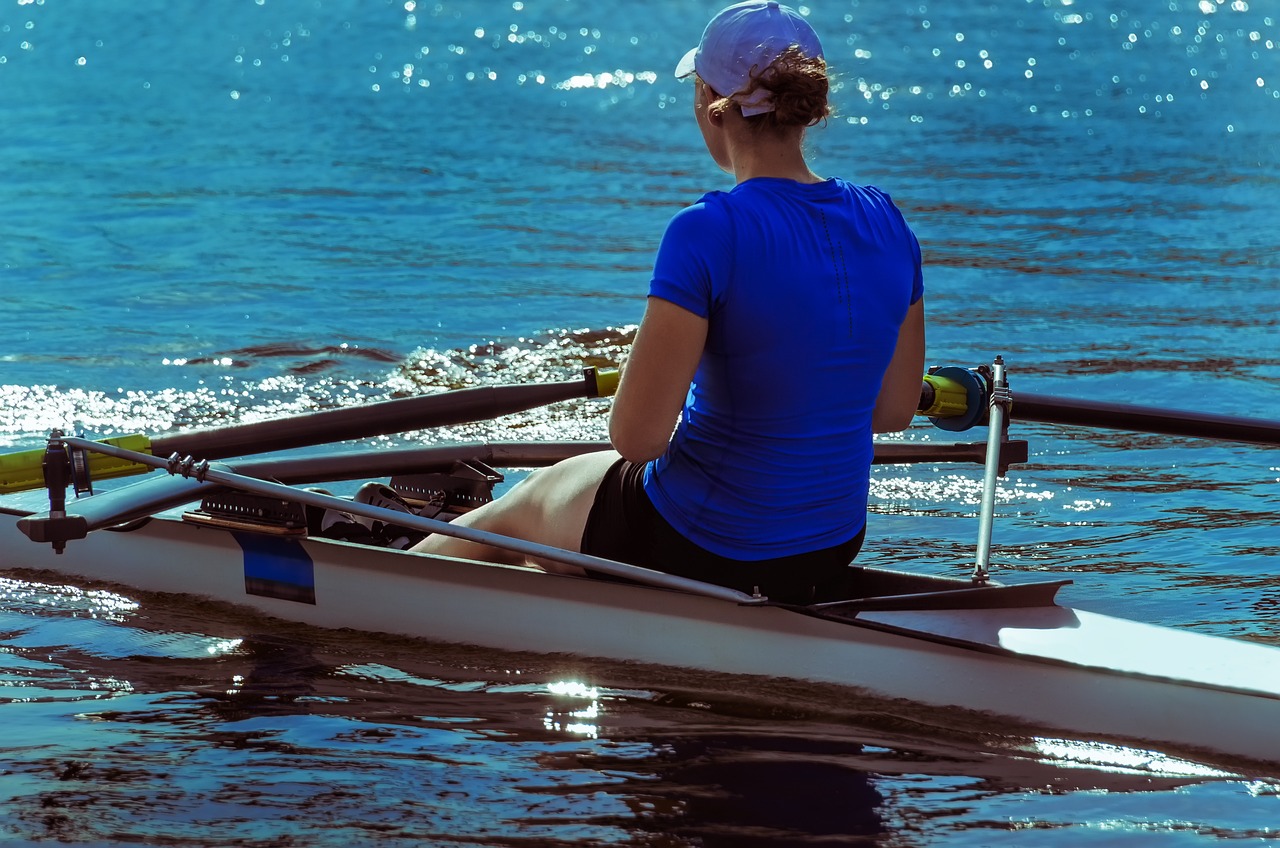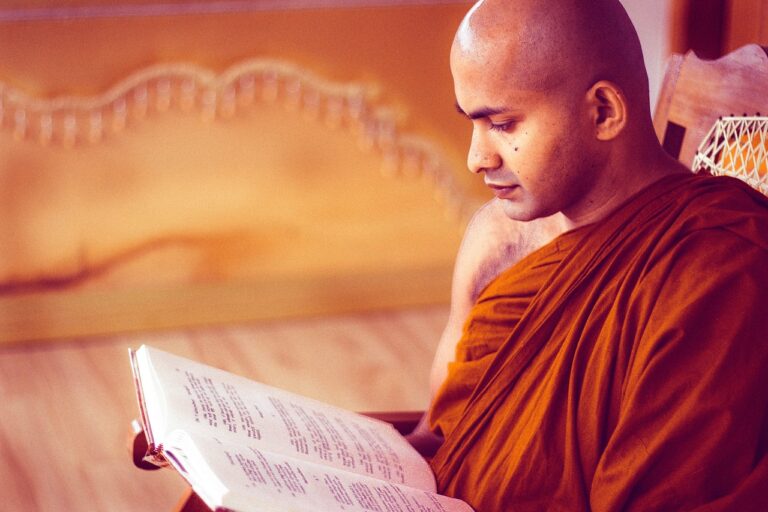Promoting Inclusive Physical Education: Embracing Diversity
Physical education is an essential component of a well-rounded education, providing students with the opportunity to develop physical skills, improve health and fitness, and learn about the importance of leading an active lifestyle. However, not all students have the same opportunities to participate in physical education due to barriers such as disability, socioeconomic status, language barriers, and cultural differences. Promoting inclusive physical education is crucial to ensure that all students have access to quality physical education programs that meet their diverse needs and abilities.
The Benefits of Inclusive Physical Education
Inclusive physical education is beneficial for all students, regardless of their abilities or background. By promoting inclusive physical education, schools can create a positive and supportive environment where students feel valued and empowered to participate in physical activities. Inclusive physical education can also help students develop important life skills such as teamwork, communication, and problem-solving, while promoting physical and mental well-being.
Strategies for Promoting Inclusive Physical Education
- Provide professional development for physical education teachers on inclusive teaching practices.
- Offer a variety of physical activities that cater to different abilities and interests.
- Collaborate with special education teachers and support staff to create individualized education plans for students with disabilities.
- Provide adaptive equipment and modifications to accommodate students with physical disabilities.
- Encourage peer support and collaboration among students to create a sense of community and inclusivity.
Challenges in Promoting Inclusive Physical Education
While promoting inclusive physical education is essential, there are challenges that schools may face in implementing inclusive programs. Some of the challenges include:
- Lack of resources and funding for specialized equipment and training.
- Resistance from teachers and staff who may be unfamiliar with inclusive teaching practices.
- Parental and community attitudes towards students with disabilities or differences.
- Limited access to facilities and accommodations for students with physical disabilities.
Case Studies in Inclusive Physical Education
Several schools and organizations have successfully implemented inclusive physical education programs that promote diversity and inclusivity. One such example is the Unified Sports program, which pairs students with and without disabilities to participate in sports activities together. This program has been shown to improve social skills, self-esteem, and physical fitness among all participants.
Conclusion
Promoting inclusive physical education is essential to ensure that all students have the opportunity to participate in physical activities and reap the benefits of a healthy and active lifestyle. By embracing diversity and implementing inclusive teaching practices, schools can create a supportive and welcoming environment that promotes physical and mental well-being for all students.
FAQs
Q: How can schools promote inclusivity in physical education?
A: Schools can promote inclusivity in physical education by providing professional development for teachers, offering a variety of activities, collaborating with special educators, and creating a supportive environment for all students.
Q: What are some benefits of inclusive physical education?
A: Some benefits of inclusive physical education include improved social skills, self-esteem, physical fitness, and overall well-being for all students.







